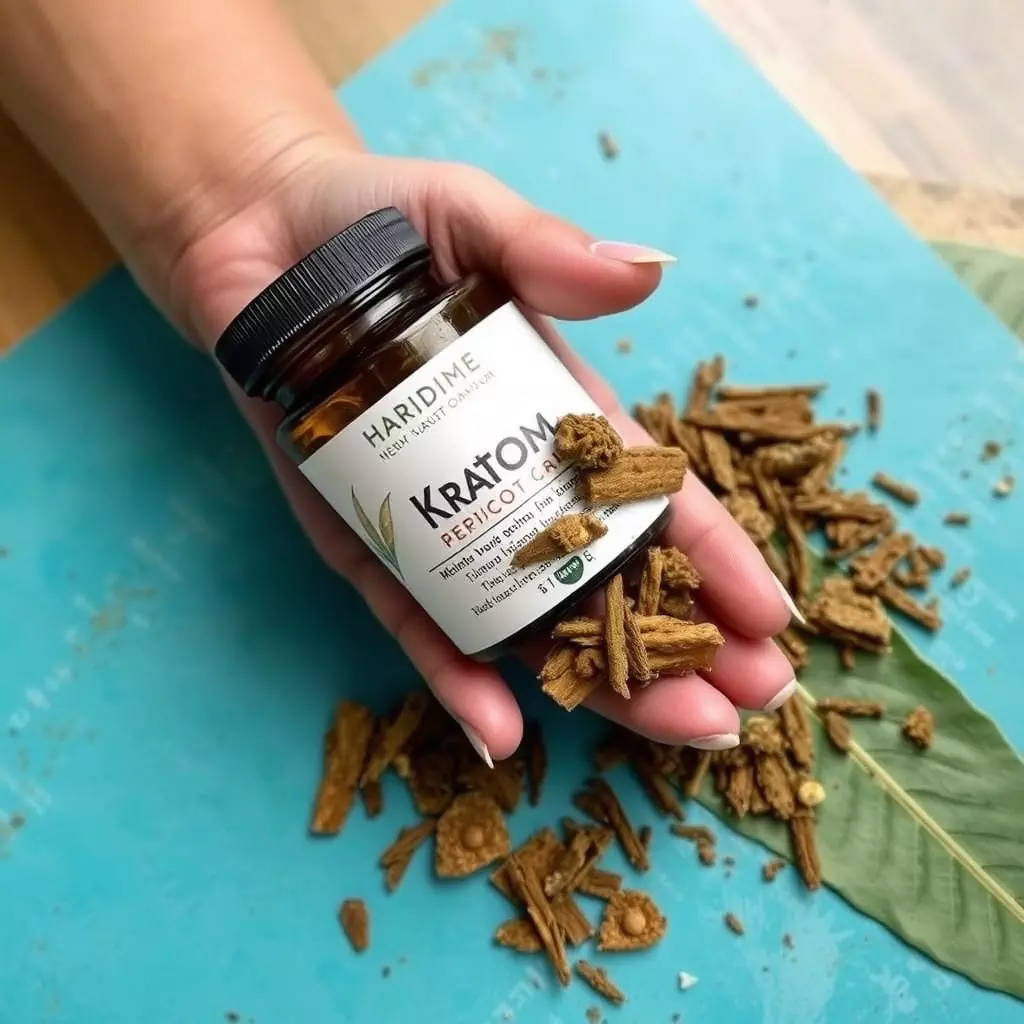Kratom, derived from Mitragyna speciosa leaves, offers natural joint pain relief and is popular in addiction recovery for its active compounds that interact with opioid receptors, aiding in craving reduction and withdrawal symptom alleviation. While studies suggest benefits, it's crucial to view kratom as a complementary tool due to ongoing research on long-term effects and varying legal statuses worldwide. Safe use requires professional supervision, correct dosage education, and awareness of potential side effects like anxiety and insomnia. Joint pain relief is an appealing aspect for individuals struggling with both substance use disorders and chronic pain.
“Kratom, derived from the tropical plant Mitragyna speciosa, has emerged as a promising natural alternative for addiction recovery. This article explores how kratom can be a powerful tool in managing not only addiction but also alleviating joint pain, a common issue during rehabilitation. We delve into its potential benefits, provide insights on its mechanism of action, and discuss crucial safety precautions, including side effects, to ensure informed use. Discover how kratom offers a natural path to recovery, providing much-needed relief from both addiction and joint pain.”
- Understanding Kratom: A Natural Alternative for Addiction Recovery
- How Kratom Can Help Alleviate Joint Pain during Addiction Treatment
- Potential Benefits, Side Effects, and Safety Precautions of Using Kratom for Addictions
Understanding Kratom: A Natural Alternative for Addiction Recovery

Kratom, derived from the leaves of the Mitragyna speciosa tree, is a natural alternative that has gained traction in addiction recovery circles. Beyond its traditional use for joint pain relief, kratom’s pharmacological properties offer potential benefits for those seeking to overcome substance dependencies. The plant contains various compounds, including mitragynine and 7-hydroxymitragynine, which interact with opioid receptors in the brain, providing a range of effects that may aid in addiction treatment.
Studies suggest that kratom’s ability to induce feelings of relaxation and reduce cravings could be valuable for individuals in recovery. Its gentle euphoria and pain-relieving qualities may help alleviate withdrawal symptoms, making the process more manageable. However, it is crucial to approach kratom as a complementary tool rather than a primary treatment, as its long-term effects and regulations around its use remain areas of ongoing research and discussion.
How Kratom Can Help Alleviate Joint Pain during Addiction Treatment

Kratom has gained recognition as a natural remedy for managing various types of pain, including joint pain, which can be a significant issue during addiction treatment and recovery. Many individuals undergoing detox experience discomfort and soreness due to the physical withdrawal process, and kratom offers a potential solution to alleviate this symptom. The plant’s active compounds interact with opioid receptors in the body, providing analgesic effects similar to those of prescription opioids but without the same level of side effects or risk of dependence.
This makes kratom a potentially safer alternative for managing acute pain during detox. By reducing joint pain, kratom can enhance overall comfort and improve adherence to addiction treatment programs. Additionally, it can help individuals focus on other aspects of recovery, such as therapy and support groups, without being hindered by physical discomfort. As with any supplement, it’s crucial to consult healthcare professionals before incorporating kratom into an addiction treatment plan.
Potential Benefits, Side Effects, and Safety Precautions of Using Kratom for Addictions

Kratom, derived from the leaves of the Mitragyna speciosa plant, has gained attention for its potential in addiction treatment. It offers several benefits that could aid those in recovery, such as reducing cravings and symptoms of withdrawal. Studies suggest it may be effective for opiate and alcohol addiction, providing a natural alternative for pain management and behavioral support during rehabilitation. Additionally, kratom’s ability to alleviate joint pain makes it an appealing option for individuals struggling with substance use disorders who also experience chronic pain.
However, it’s crucial to acknowledge the potential side effects. Overconsumption or misuse of kratom can lead to adverse reactions like anxiety, insomnia, and even severe allergic responses. It may also interact with certain medications, impacting their effectiveness. Safety precautions are essential; using kratom under professional supervision ensures its appropriate integration into a comprehensive addiction treatment plan. Individuals should be educated about the correct dosage and mindful of kratom’s legal status, as regulations vary globally.
Kratom has emerged as a promising natural alternative for addiction recovery, offering both joint pain relief and potential benefits in mitigating withdrawal symptoms. However, it’s crucial to approach its use with caution, considering the various side effects and safety precautions discussed. Further research is needed to fully understand its efficacy, but for those seeking holistic treatment options, kratom could be a game-changer. Remember that, while it may aid in recovery, it’s just one piece of the puzzle and should be used in conjunction with other evidence-based treatments and professional guidance.






